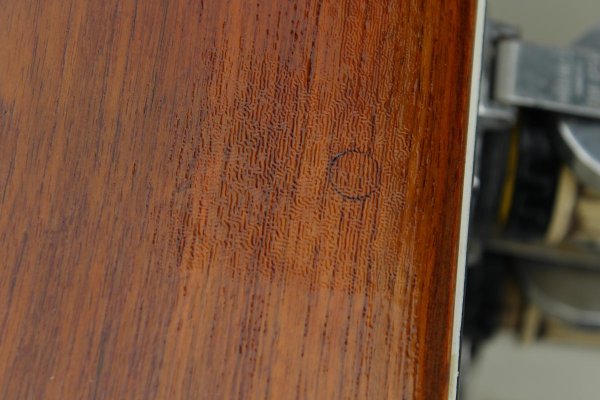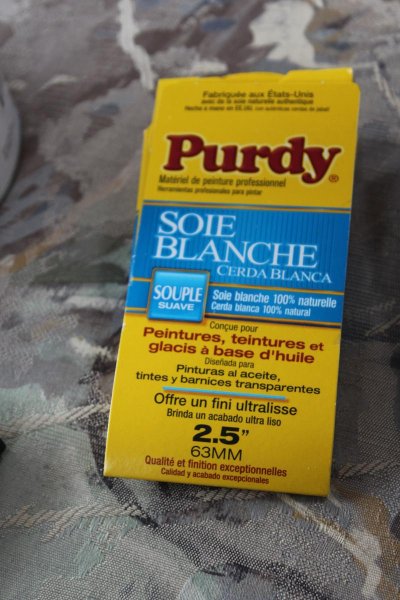Alaskan Sea-Duction
Guru
- Joined
- Jul 6, 2012
- Messages
- 8,056
- Location
- USA
- Vessel Name
- Alaskan Sea-Duction
- Vessel Make
- 1988 M/Y Camargue YachtFisher
OK TF I need help identifying what I am doing wrong.
I don't have a lot of bright work, just teak around the cockpit.
I removed the old stain and sanded the teak. Using 80 grit and working my way up to 220 grit. A friend told be I had sanded it to much and ruff it up a little with 180, which I did.
I am using Pettit 2015 Flagship Premium Exterior Marine Varnish and a Purdy 2.5" soft brush. I wait for 14 hours before applying another coat.
After the second coat, I started to get these soft spots with swirl marks and it is soft. John (Pairadice suggested that I thin the varnish a little.
What am I doing wrong?
I don't have a lot of bright work, just teak around the cockpit.
I removed the old stain and sanded the teak. Using 80 grit and working my way up to 220 grit. A friend told be I had sanded it to much and ruff it up a little with 180, which I did.
I am using Pettit 2015 Flagship Premium Exterior Marine Varnish and a Purdy 2.5" soft brush. I wait for 14 hours before applying another coat.
After the second coat, I started to get these soft spots with swirl marks and it is soft. John (Pairadice suggested that I thin the varnish a little.
What am I doing wrong?










